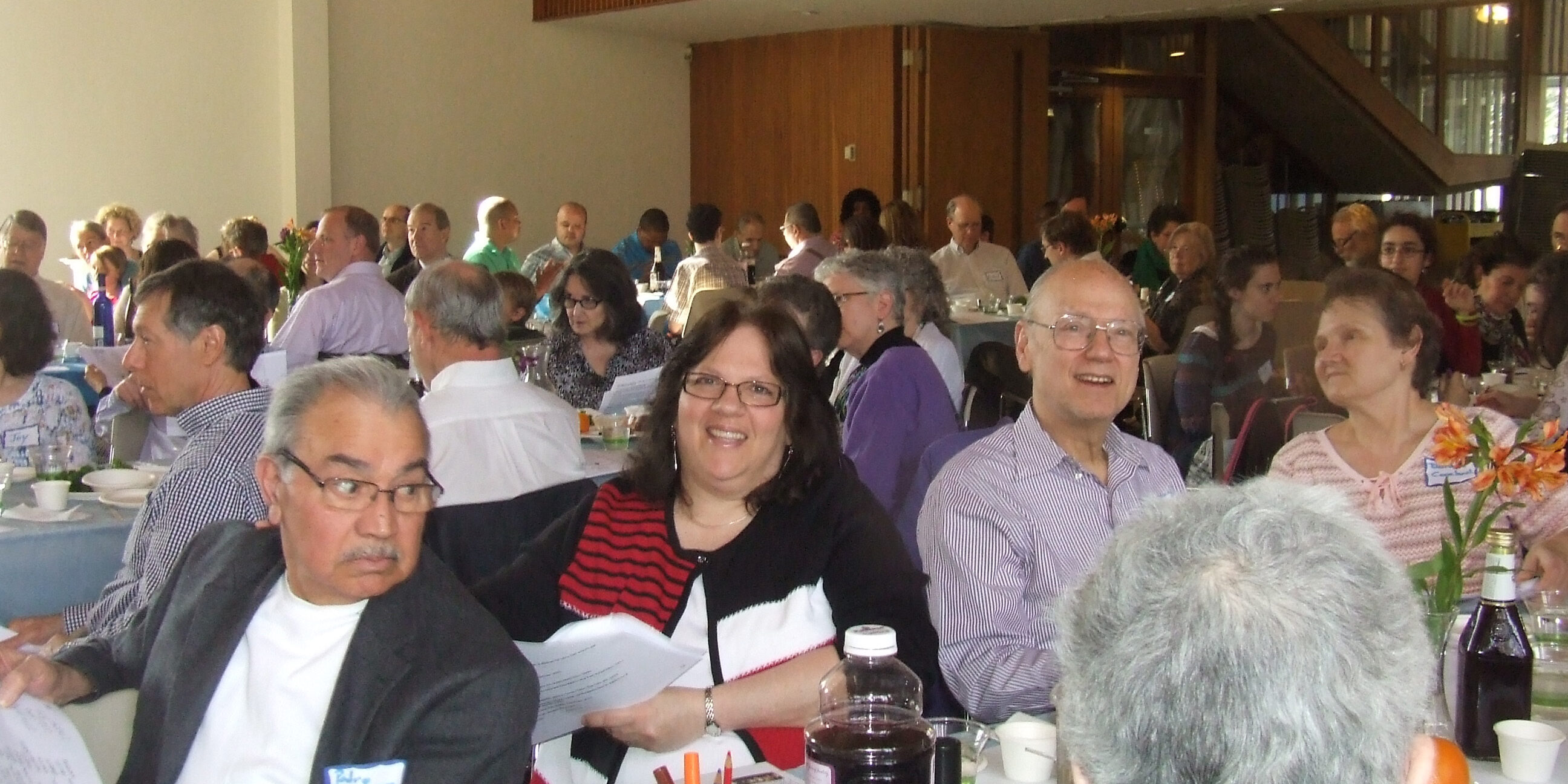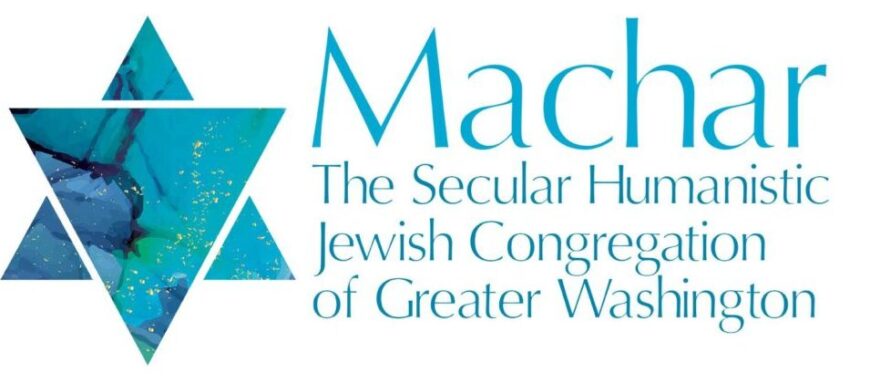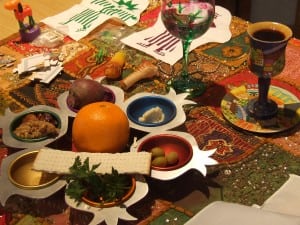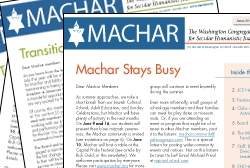
PASSOVER/PESACH
Passover is the great spring festival of the Jewish people. For Humanistic Jews, the biblical exodus story, although powerful, is historically dubious as well as theologically unacceptable. Instead, we see Passover as a celebration of freedom and national unity. It is a holiday of deep humanistic significance. This forms the core of the story we tell at our annual community Seder, typically held at Cedar Lane UU Church or as a Potluck Picnic in a local park.
MACHAR HUMANISTIC HAGGADAH PDF
Many times in our history, Jews have struggled for freedom or have sought escape from persecution. The 20th century exodus of thousands of Jews from Europe and from Muslim countries to America and Israel is the latest chapter in that long saga.
Passover is the time to celebrate our timeless quest for freedom. The Humanist haggadah includes the legendary tale of the exodus from Egypt and the story of that modern Jewish exodus and the reach for freedom by other people around the world.
Historically, it is probable that Passover is an amalgam of two older seasonal celebrations that marked the arrival of spring, because the ancient story of the Jewish people is a story of both herders and farmers.
One was a story of a shepherd holiday celebrating the birth of lambs and kids. The herders slaughtered a sheep or goat at twilight and ate it in haste in the middle of the night. Then they daubed its blood on the tent posts to protect against supernatural disaster and to ensure luck and safety in the coming season. The Pesach may have been a skipping dance performed either by the entire community or by maidens eligible for marriage.
The other story, Chag HaMatzot, appears to have developed after the wandering shepherds settled in Palestine. The peasants celebrated Chag HaMatzot, the festival of unleavened bread, to mark the beginning of the grain harvest. To protect against a poor crop, the peasants disposed of all old bread and everything else that contained the leaven (chametz) of the previous year’s crop. Only bread made from the new harvest could be eaten during the week-long festival.
Much later the two festivals merged into Passover, receiving a supernatural interpretation memorializing the exodus from Egypt and the beginning of the Jewish nation. Passover began as a celebration of spring, of renewal and rebirth. It has become a celebration of human dignity and of the freedom that makes dignity possible.
~~~~~~~~~~~~~~~~~~~~~~~~~~~~~~~~~~~~~~
MACHAR'S HUMANISTIC HAGGADAH (2021) PDF
Adult Ed Passover Session with Rabbi Jeremy (April 3, 2022)
~~~~~~~~~~~~~~~~~~~~~~~~~~~~~~~~~~~~~~





